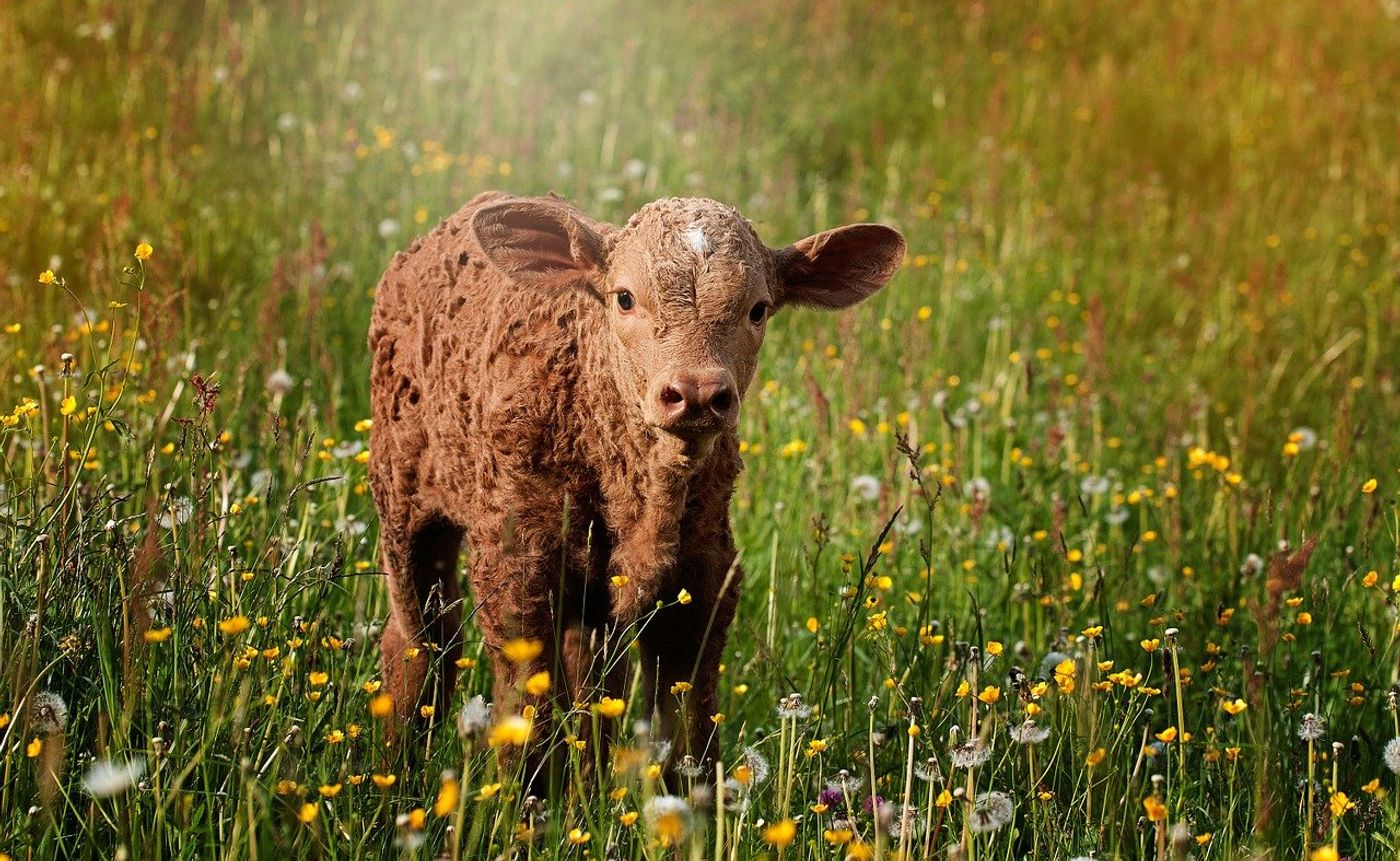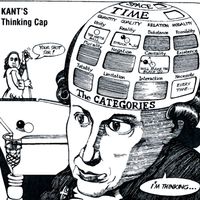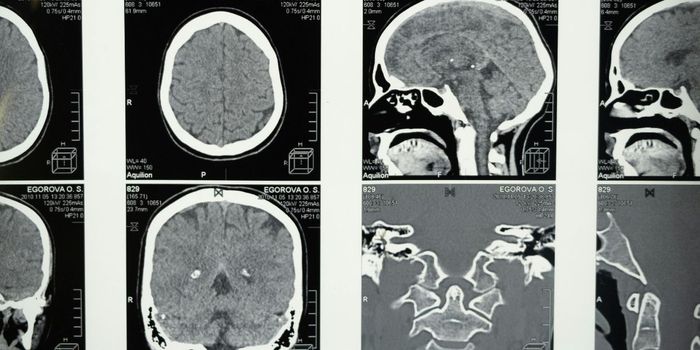Temple Grandin: Innovator and Advocate
Temple Grandin: Innovator and Advocate
It was the only place where she felt calmer, and she had created it for herself. Temple Grandin was in high school when she designed and built the “squeeze machine,” or “hug box.” The device was intended to alleviate anxiety by way of deep pressure, which reduces sensory stimuli. For someone like Grandin, such a machine made the often-overwhelming sensory stimulation of daily life bearable.
She had sought out the sort of whole-body deep pressure she’d first seen at work years earlier on her aunt and uncle’s ranch. Whenever a cow needed to be restrained – immunization, for example — it was put into a squeeze chute, where continuous, whole-body pressure reduced — albeit inadvertently — the terrible fear and anxiety felt by cattle in unnatural environments. It was this realization that led Grandin to create her own hug box to reduce her own anxiousness. Despite the fact that Temple couldn’t stand being held by another human being, she knew the box would work.
Temple Grandin understood animals because she has the condition known as autism. On the high functioning end of the spectrum — remarkably so, in fact — Grandin was in her forties when she started theorizing in earnest about why she could understand things about animals that other, “neurotypical” people couldn’t. She’d already been working with animals for many years at that point. Long before she trained as an animal scientist, Grandin had been around horses, cattle, and other livestock. She’d seen the way they behaved, but never connected their experience with her own. Then again, she had no other experience but her own, and didn’t fully comprehend that she was unusual. Instead, throughout her young life she’d endured the taunts of classmates. “Tape Recorder,” they said mockingly because of her tendency to repeat herself. “Retard,” they spat at her. But she didn’t go down without a fight. She hauled off and smacked them.
Sure, Temple was different from most other kids, but she was nobody’s fool – and she she wasn’t going to put up with nonsense. Animals were like that, too, and they accepted her just as she was. Maybe because they shared a strong affinity for each other’s minds.
It was no more than two years after she was born in 1947 that Temple was diagnosed with autism. At the time, this condition was considered the result of brain damage, and young Temple was not initially given the sort of education that would help her develop her capacities to their fullest. Unwilling to let her daughter effectively rot away, Eustacia Cutler followed one doctor’s advice and hired a speech therapist and set to work developing Temple’s cognitive capacities. Not only did Grandin learn to speak, but she also went to college and graduate school, earning a B.A. degree in Psychology, and an M.A. and Ph.D. in Animal Science. Since 1990, Temple has been an Animal Sciences professor at Colorado State University, where she combined her two passions: animals and autism advocacy.
Animals had saved her from emotional isolation when she was a schoolgirl, where the taunts and bullying had further isolated her. It was the gentle horses at her school that gave her a safe haven. She wanted to return the favor.
A longtime advocate of humane treatment of animals, Temple’s work has largely centered on how animal suffering during the stockyard and slaughtering experience can be alleviated. To that end she has worked as a livestock handling facilities designer, and consulted for large corporations, such as McDonald’s, Burger King, and Wendy’s.
For Temple, understanding animals’ suffering means understanding their minds. An animal is a sensory-based thinker. In other words, they think in pictures and sounds and smells. For example, as Temple herself points out, a fire hydrant is a huge information center for a dog. They can tell who’s been there, when, whether or not it was a friend or enemy — things you and I would not be able to glean for sniffing the hydrant! Similarly, a flag waving at the top of a pole at a vet center on a livestock handling facility is going to make cattle balk. The most sensible thing to do is take the flag down and put it somewhere else. But how did Gandin come know that this is how animals think? Because, she says, this is how she thinks.
“I think in pictures, I don’t think in language,” she says. If someone unlike her thinks of a steeple, she explains, that person typically pictures in a generic way, but Temple sees specific pictures — this steeple from her childhood or that steeple she saw the other day. They come up one at a time, but she sees them successively, and can form a sort of movie. She calls this feature of her mind photo realistic visual thinking. This same sort of mind has trouble with reading and algebra — dyslexics fall into this category of mind.
Cattle balk at rapid movement and contrast. Grandin got into the cattle chute to see what they were seeing. Her picture thinking was an essential asset to her livestock handling facilities designs, which improves how cattle are treated during the stages of the slaughtering process.
Other types of minds are pattern thinkers. These, Grandin says, are thinkers good at engineering, programming, and music. Still another mind is the verbal mind, the one that knows all sorts of facts. “The normal brain ignores the details,” she says. The autistic brain, regardless of what type of mind it is, is immersed in detail.
This sort of careful thinking about the nature and function of her own mind and the minds of others has long been part of what makes Grandin uniquely qualified to advocate on behalf of preserving neurodiversity. She’s managed, through the combination of her own experience, intellect, education, and facility with language to become a sought-after public speaker on autism. Since the mid-1980s, she has been giving talks on autism across the country while maintaining her career as an animal scientist. Her ability to clearly describe to others what it feels like to be hypersensitive to noise, to be unable to bear certain physical contact, and to feel the rage and pain of being taunted and tormented by ignorant children has allowed others to begin understanding that difference is not the mark of inferiority.
Perhaps Grandin’s singular accomplishment is having overcome stigmas associated with autism by embracingit. In so doing, she has become a uniquely qualified advocate not only for autism, neurodiversity, and educating diverse minds, but also for animal rights. For someone diagnosed with autism, the level of empathy exhibited by her activism is extraordinary. It’s extraordinary not because, as an autistic, she doesn’t have feelings, but because society has, for decades, misunderstood the condition.
Though Temple has said that she is not particularly interested in feelings that neurotypical individuals take for granted, there can be little doubt that she has a deep understanding of the frantic and directionless nature of anxiety. To articulate so clearly a lived experience that resists coherent accounts makes Grandin even more extraordinary than her already extraordinary story is. That’s because she has found a way to connect with others in a profoundly meaningful way.
Now almost 75-years old, Temple Grandin has not merely adjusted to a life that can feel unbearable at times, she has reshaped it both for herself, for other autistics, for those of us who cannot possibly experience life as she knows it, and for non-human animals. We have all benefitted from Temple’s extraordinary accomplishments, her drive to come to terms with who she is and to celebrate it.
In recent years, Grandin has increased her advocacy of the idea that autism is not something to be cured, that there is value in diverse types of minds. Her interest not just in her own mind, but the minds of others, has prompted her to champion the diversity of various thinking types. In fact, she understands that this diversity is essential to civilization’s progress. Temple Grandin’s mind — Temple Grandin herself — is a living testament to what can be accomplished when you live your most authentic life. So, what type of mind are you and what is your most authentic life?
Sources: Author Interview with Temple Grandin, Grandin.com, TempleGrandin.com, Biography.com, Ted Talks, Colorado State University
Additional Citations:
- Grandin, Temple, and Johnson, Catherine, Animals are Not Things: Creating The Best Life for Animals. Mariner Books, 2014.
- Grandin, Temple, and Johnson, Catherine, Animals in Translation: Using the Mysteries of Autism to Decode Animal Behavior. Scribner, 2006.
- Grandin, Temple, The Autistc Brain: Helping Different Kinds of Minds Succeed. Mariner Books, 2014.
- Grandin, Temple, The Way I See It: A Personal Look at Autism and Asperger’s, 2nd Ed. Future Horizons, 2011.
- Sacks, Oliver, An Anthropologist on Mars. Knopf, 1995.










